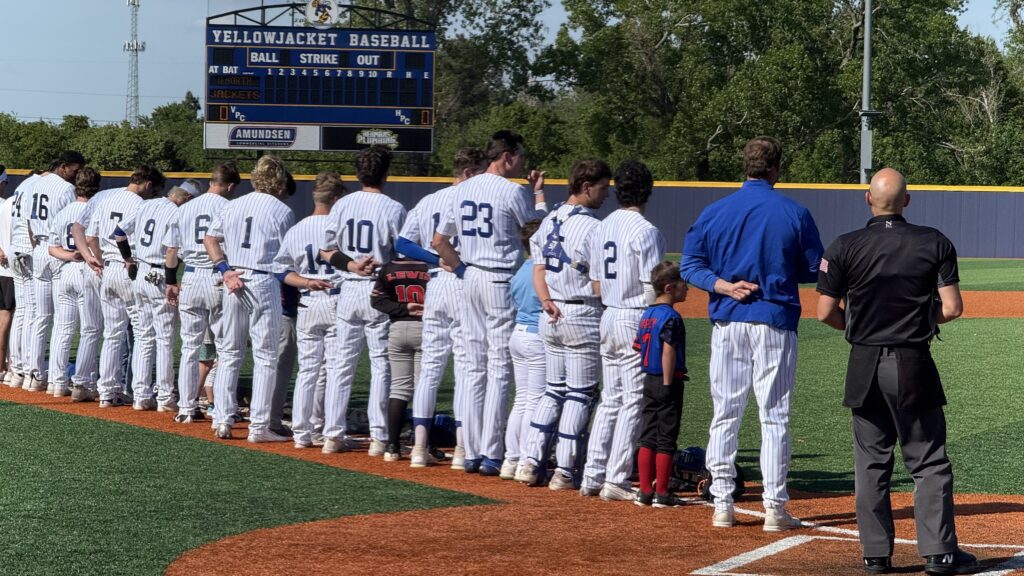
The House v. NCAA settlement will bring landscaping changes to college athletics, especially for college baseball as the projected agreement will increase scholarship totals for Division 1 baseball.
The average D1 college baseball roster is approximately 42 players, with only 11.7 total scholarships for the entire team since 1991. Now, with the House v. NCAA settlement potentially going into effect on July 1, 2025, scholarship limits for baseball will increase to 34, plus a roster cap at 34.
The question is, will colleges be able to fund increased scholarships from a financial standpoint while also following Title IX guidelines? Judge Claudia Wilken, who is presiding over this settlement, wants the parties to come to an agreement to grandfather-in roster limits. Judge Wilken has given the parties until May 7th to come to an agreement or the approval of this landmark settlement is in jeopardy.
Choctaw head baseball coach Shane Hawk is optimistic about the increased D1 scholarships but is unsure how schools will fund them after conversations with D1 coaches.
“They have to get 34 scholarships, most of them don’t have it right away,” Hawk said. “It may be in a three to five to 10 year span to have that 34 scholarship money.”
Choctaw senior left-handed pitcher Gaige Albright is signed to Oklahoma State, where he will receive a full scholarship. Albright thinks this scholarship increase will have a positive impact on his future teammates.
“I think it’s helped a lot of them tremendously,” Albright said. “It’s helping them with their money going toward school.”
Choctaw senior catcher Cash Williams is already receiving a full scholarship to play baseball for the University of Tennessee. Williams believes the roster limits will make college baseball more competitive.
“Shrinking the D1 roster, it just makes every other level of baseball better,” Williams said. “Those eight guys that are missing on the D1 roster, they might bounce to D2 or they might bounce to JUCO; they’ll just make all those other levels a lot better.”
While these scholarship increases will greatly change D1 baseball, there will likely be a ripple effect across the other levels of college baseball (D2, D3, NAIA and JUCO). Choctaw’s Cooper Zeiders, a senior infielder signed to play JUCO baseball for NE Texas CC, believes that even with roster cuts at the D1 level, it will all work out for players like himself at the lower levels.
“It’s always a thought, at any given moment, some guy can show up on campus because he couldn’t make grades or he couldn’t do such at the D1 level,” Zeiders said. “I think as of right now, it won’t affect my future.”
Hawk and his players look forward to these changes, as increased scholarships at the D1 level will bring more opportunities for players seeking to play college baseball, while also increasing the competition across each level.